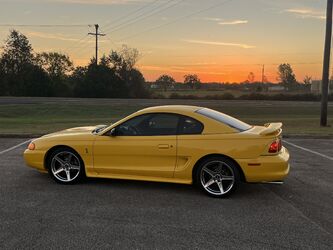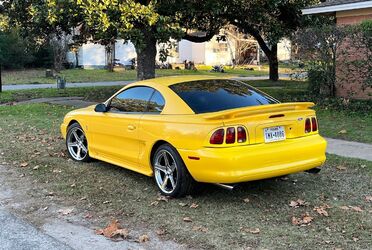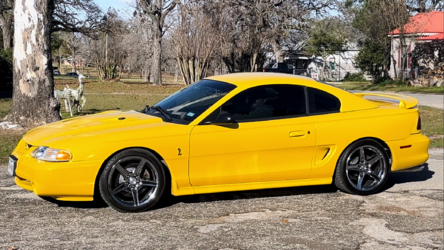By Bob Bondurant (5/5/2001)
One of the most important but overlooked basics in driving is comfort. The essence of high-performance driving and safe vehicle operation is a proper command of the controls.
The right seating position, and proper placement of seatbelts, steering wheel and mirrors helps give you the control you need to have command over the basic functions of braking, cornering and acceleration.
Seats and seatbelts
Everything that the car does is transmitted right back to you through the seat, steering wheel, and foot pedals. You need to be seated properly to take advantage of all possible information and make the best driving decisions and moves.
The optimum seating position is one that has as much of your body as possible in contact with your seat. Your seat should be adjusted so that you have a bent-arm driving position and the controls fall into easy reach. The right distance from the seat to the steering wheel is important. Up-close and far-away extremes should be avoided. You should be tucked as far into the notch of the seat, so that the seat grips you in corners as much as possible.
To maximize the way your body fits the seat, and have it make proper contact, you should also take a look at your seatbelt and how it fits. Make sure your seatbelt is snug; sliding around on the seat is a distraction that keeps you from paying every bit of attention to the road. And remember, seatbelts should be worn at all times, on the track or on the street. They help hold you in place, help you feel what your car is doing at all times, and when it comes down to it, they're cheap life insurance.
Steering wheel
Now that you know how to get situated, it's time to get familiar with the steering wheel. Your tires, wheels and suspension are all sending input up the steering column into your hands, and you need to be positioned properly to receive it all.
First, set your position before you get moving. If your car has a tilt steering wheel or a telescoping column, make sure you can comfortably grip the wheel and see the essential gauges clearly. Many cars have "beavertail" tilt columns that allow you to place the wheel in an infinite number of positions. Likewise with telescoping columns, you can pull the wheel closer or push it farther away to find an ideal position. Remember to leave at least ten inches between the driver and the wheel if there is an airbag present.
While driving, you want your hands at the 3-o'clock and 9-o'clock positions on the wheel, with your elbows bent at an angle of about 120 to 140 degrees. No "white-knuckle" driving, please - if you grip the wheel too tightly, you'll fatigue yourself and you'll respond to minor road irregularities overzealously. You'll also choke off some of that valuable road feel. If you feel your grip tightening, ease back off the gas slightly and take a deep breath.
Try to make turns keeping your hands on the wheel, without moving them all over the place. You'll have a better idea of what's going on underneath your tires at all times if you keep them in one place, and you'll always know where straight ahead is. If you must turn very sharply, leave one hand in place and slide the other around the wheel to help out. For example, if you're turning left, move your right hand from the 3 o'clock position to the 11 o'clock position until you negotiate the corner, then slide it back.
Mirrors
Now that the seats and steering wheel are in the right position, it's time to set your mirrors. They can be your most important driving aid, so use them!
First, set the rearview mirror so that the largest part of its area shows the road and vehicles behind you. Seeing the faces of your passengers may be nice, but not essential to their safety. Next, adjust your rearview mirrors to give as wide as possible a view of other lanes of traffic. You may prefer to keep in view a small section of the side of your own car as a reference point. Some newer mirrors also have convex sections for a "bug-eye" view of other lanes; make sure they're set for maximum information.
Whether you spend your weekends racing - on the track or just to a parking spot at the mall -- be sure to keep your body properly planted in your seat. Once you have the proper position, you're ready to master the controls at hand.
Bob Bondurant, racer and entrepreneur, owns and runs the Bob Bondurant School of High Performance Driving in Phoenix, Ariz. For more information on classes and schedules, click over to www.bondurant.com or call (800) 842-RACE (7223).




